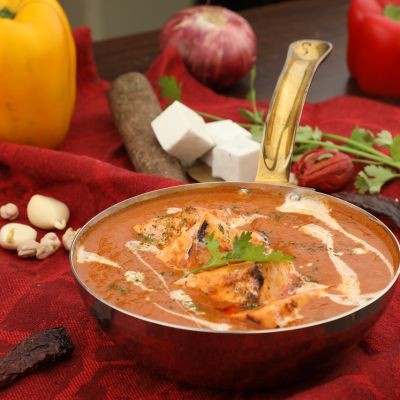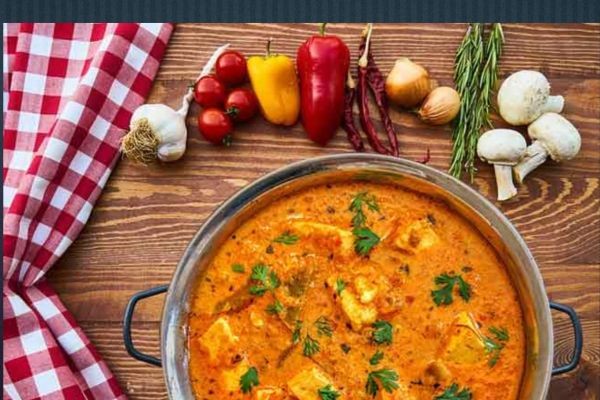Shahi Paneer: Royalty on Your Plate - Exploring the Regal Delights
As magnificent as its name implies, Shahi Paneer is a testimony to the opulent cuisine of the Indian royals. This recipe from the Mughal era blends soft paneer, or Indian cottage cheese, with a rich, tomato-based curry that is enhanced with almonds, spices, and a hint of cream. Every bite of Shahi Paneer, which is prized for its flavorful and aromatic appeal, is a celebration of taste and tradition. This blog delves into the history, cultural relevance, and complex recipe that elevate Shahi Paneer to a highly esteemed dish in Indian cooking.
**Historical Significance and Origins**
"Shahi" is Arabic for royalty, and this is a dish suited for a king. Shahi Paneer, which originated in the Mughal kitchens, was created to appease the emperors who enjoyed rich ingredients like cashews, almonds, and spices like cardamom and saffron. With its subtle, creamy textures valued by Persian royalty, the dish combines the powerful, spicy flavors of Indian cuisine with the sumptuous lifestyle of the Mughal Empire and its effect on Indian culinary traditions.
**Components: A Royal Council**
Rich ingredients are combined to create the regal essence of Shahi Paneer:
- **Paneer**: A soft, fresh cheese with a chewy texture and a subtle milky flavor.
- **Cream and Yogurt**: These give the curry a thick, velvety texture.
- **Onions and Tomatoes**: These provide body and a subtle taste to the curry as they constitute its base.
**Cashews with Almonds**: Pounded into a paste, these nuts both slightly sweeten and thicken the curry.
**Spices**: Traditionally, cardamom, cloves, cinnamon, and bay leaves add warmth and complexity.
- **Saffron and Rose Water**: These are occasionally added to add a touch of extra luxury and to give the dish a unique flavor and scent.
**Getting Ready: Creating the Royal Dish**
Shahi paneer preparation is an art that requires exact processes to guarantee the ideal flavor combination:
1. **Paner preparation**: Typically, paneer is cubed and cooked on a light skillet or grill to bring out the texture without dominating the softness.
2. **Building the Base**: Ginger, garlic, and green chilies are sautéed until onions and tomatoes are tender. After that, this mixture is pureed to create a velvety, smooth base.
3. **Nut Paste**: To thicken and enhance the flavor of the curry, cashews and nuts are soaked, then ground into a fine paste and added to the tomato foundation.
4. **Simmering the Spices** : To ensure that the tastes are well-balanced, the base curry is slowly simmered with entire spices until oil starts to release.
5. **Adding Cream and Paneer**: Cream or yogurt is added, and paneer cubes are cooked for a little while so that they can absorb the flavors without being tough.
6. **Final Touches**: To improve the flavor and aroma, add a dash of rose water, a sprinkle of garam masala, and a pinch of crushed saffron towards the end.
**Suggested Servings**
To highlight its regal origins, Shahi Paneer is typically served in a deep, ornamental plate and adorned with chopped coriander, silver leaf (varq), or extra nuts. It tastes great with aromatic basmati rice, roti, or naan. To complement the opulent flavors of the curry, serve it with saffron rice for a very royal experience.
**Results**
Shahi Paneer is more than simply a meal; it's a portion of royal tradition and history presented on a plate. It remains a celebratory dish for all events and homes, embodying the essence of Mughal culinary expertise. Shahi Paneer, when prepared and served, is a culinary legacy that is both a feast for the senses and a source of nourishment. Explore the process of creating this magnificent meal, Shahi Paneer, and let your palate to be wowed by its splendor—it is a real gem among Indian cuisine's crown jewels.





